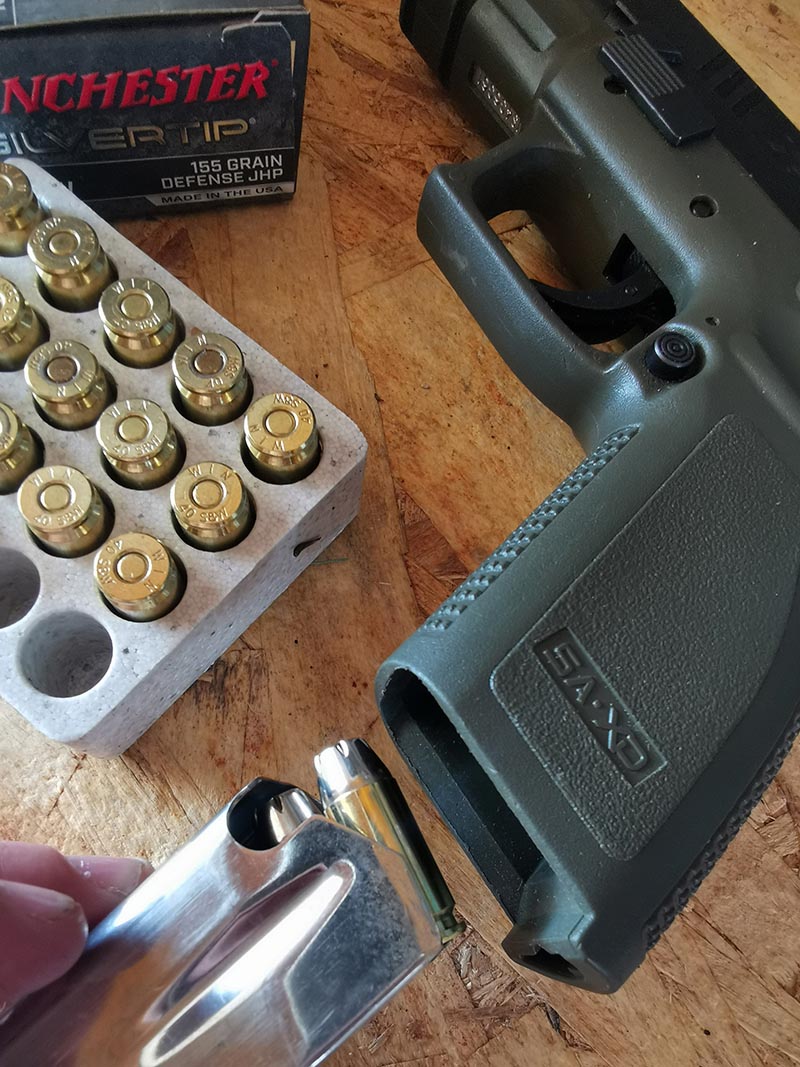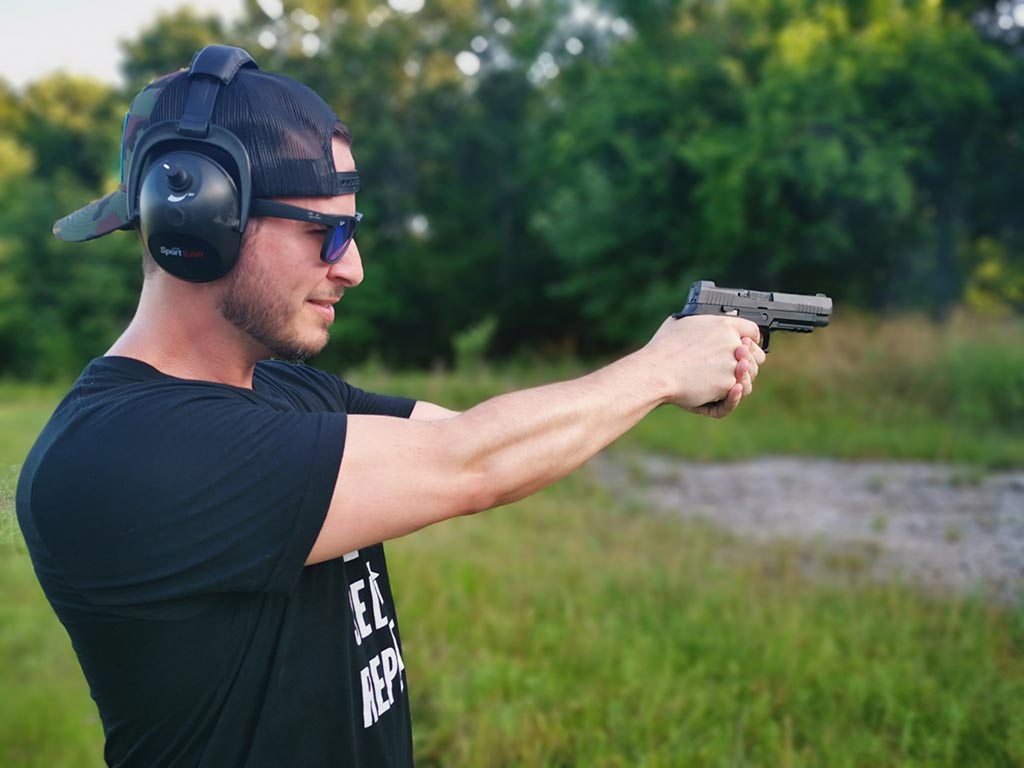The Importance of Training with Personal Defense Ammo (Occasionally)
Before trusting one gun and ammo combination, practice with it first to avoid any surprises at the moment of truth.
Handguns can be finicky feeders. Don’t assume that because you paid a mint for your new custom 1911 that it will reliably cycle every load you put through it. Indeed, oftentimes the more custom and “tight fitting” a firearm is, the less reliable it can be.
This is because the tolerances—or the spaces between metal parts—are so precise that there’s not much room for error, so jams can occur more easily. This is especially common with newer guns that haven’t been fired much. This is one of the reasons why practicing with the ammo you actually intend to use in a defensive situation is so important.
Generally speaking, full metal jacket (FMJ) ammo feeds reliably in a wide range of semiauto handguns, because its round-nose bullet design and FMJ construction is slick with no edges to hang up on magazine lips or feeding ramps. On the other hand, some hollow-point and flat-nosed bullets can fail to feed into certain guns.
Strongly consider buying several boxes of hollow-point ammunition for personal defense until you find a load that will consistently feed and function. Then, test it for accuracy to make sure it shoots to the same point of aim as your sights. If it doesn’t, adjust your sights accordingly. Do not wait until a personal defense scenario to test if the ammo and firearm function properly together. Fire at least a box of personal defense ammunition through your defensive handgun at the range before you trust your setup for protection purposes. You may also discover that premium personal defense ammo has greater recoil than FMJ practice loads, so a few practice sessions will help you become accustomed to it.






